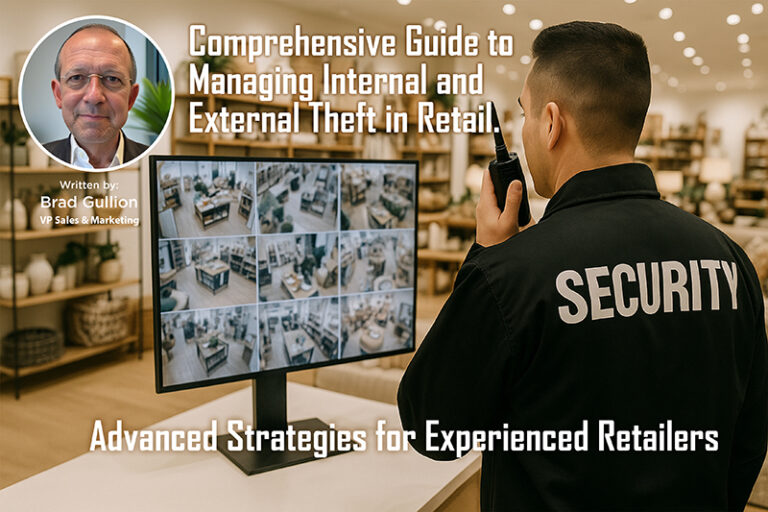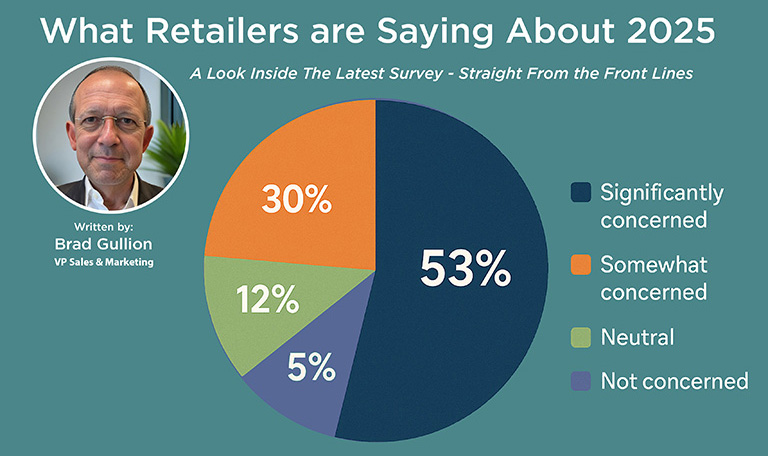November 6, 2023
Leveraging Negative Feedback: A Path to Customer Satisfaction
Have you ever noticed that sometimes when customers are browsing through our store, they might make negative comments about products or displays? It’s a common scenario, and one that often leaves employees feeling unsure about how to respond. However, what if I told you that these negative comments could actually be an invaluable source of information that can lead to increased customer satisfaction and sales?
When a customer says something like, “I don’t buy lanterns,” it might seem like a straightforward objection. However, the real magic happens when they follow up with a “because.” For example, they might say, “I don’t buy lanterns because I hate cleaning the glass.”
In that moment, a simple objection transforms into an opportunity for engagement. The “because” part of the objection is the key. It provides us with crucial insights into the customer’s preferences. In this case, we now understand that they like the aesthetic of lanterns but dislike the hassle of cleaning glass.
This is where our role as retailers becomes pivotal. Instead of avoiding or dismissing the objection, we should embrace it. It’s a chance to have a meaningful conversation with the customer and to truly understand what they’re looking for.
In the example provided, we can now guide the customer towards a product that matches their preferences – something with the same lantern-like shape but without the glass, or perhaps a product with a light-up feature that captures the same aesthetic appeal without the maintenance hassle.
This approach is not about avoiding objections; it’s about using them as stepping stones to great customer engagement and a successful sale. By actively listening to our customers’ objections, we can decode their preferences and provide them with products that align with their wants and desires.
So, the next time a customer objects to a product, view it as an opportunity. Engage them in a conversation, dig deeper, and find out exactly what they want. It’s a powerful strategy that not only enhances customer satisfaction but also boosts sales.
Incorporating this approach to objections into your retail strategy can make a significant difference. It also helps ensure that your team is trained to embrace objections and can turn them into opportunities for better understanding customers’ needs. To aid you in tracking objections staff encounters, put a “bounty” on them. It will open lines of communication and create coaching opportunities to gain consistency in how they’re handled. By doing so, you’ll not only improve customer satisfaction but also drive growth in your business.




